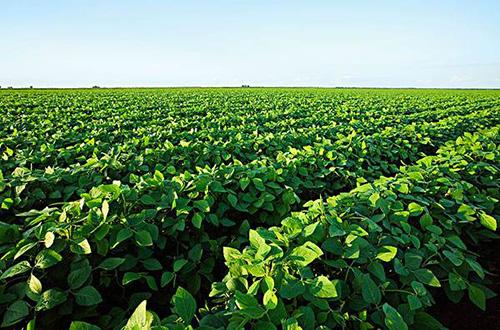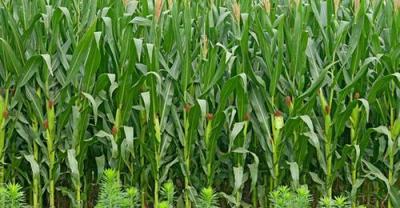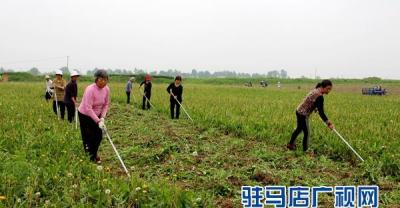Experts tell you what is best for planting in 2018?
In recent years, more and more entrepreneurs have returned to the countryside to start their own businesses. Many people will ask, what kind of plants make the most money? First of all, we should have a comprehensive understanding and understanding of the selected crop varieties, and know the suitable planting areas, yield levels, growth periods, main characters and suitable planting densities. Then let's take a look at the expert recommendations!
1. Corn

In the light and heat, rich in water resources, fertile soil, production level of higher areas, should choose fertilizer and water resistant varieties such as late maturity. In hilly and mountainous areas with poor fertilizer and water conditions, mid-late maturing maize hybrids with wide adaptability and good stable yield should be selected. The soil is barren and the spring drought is serious. Mid-late maturing maize hybrids with wide adaptability and good stable yield should be selected.
2. Soybean

Select varieties that can mature normally according to the accumulated temperature of local activities, and do not plant them across the region. Late-maturing and middle-maturing varieties can be planted in late-maturing areas, middle-maturing and middle-maturing varieties can be planted in middle-maturing areas, but early-maturing and middle-maturing varieties should not be planted in late-maturing areas to avoid losses caused by premature yield reduction at maturity. Select varieties according to soil fertility. For plots with low soil fertility such as hillside land, hilly land and diffuse hillock land, select infertile varieties and tall and lush varieties. In plain and fertile land, varieties with fertilizer tolerance and lodging resistance should be selected. When paddy field is changed to dry field, soybean varieties with 5-7 days earlier growth period should be selected. According to the yield performance of soybean varieties planted in the same village or adjacent villages in the previous year, select varieties with high yield, advocate changing seeds once a year, realize timely upgrading of excellent varieties, and try not to plant self-retained seeds to maintain the yield potential of varieties.
3. Rice

Choose new approved varieties with strong resistance, such as large area should avoid a single variety of large-area planting should be mainly promoted 2-3 varieties, planting with. If the weather conditions are not very favorable in the coming year, the varieties with earlier maturity should be selected.
Generally speaking, we should scientifically and reasonably select good varieties according to our own planting objectives, local natural conditions and production levels, planting methods and densities, and carry out good methods of fine varieties and complete planting to avoid economic losses caused by wrong selection of fine varieties.
(Photo from the Internet, please do not reprint!)
- Prev

How to grow begonias and breeding tips
Begonia alias-August spring, Acacia grass, rock balls. Origin: Originally produced in China, in Shandong, Hebei, Henan, Jiangsu, Sichuan, Shaanxi Qinling...
- Next

Only when dandelions are planted in this way can they make more money.
Dandelion is a kind of crop that everyone is familiar with, but many friends do not know the planting technology of dandelion. Today, I would like to introduce the cultivation of dandelion.
Related
- Fuxing push coffee new agricultural production and marketing class: lack of small-scale processing plants
- Jujube rice field leisure farm deep ploughing Yilan for five years to create a space for organic food and play
- Nongyu Farm-A trial of organic papaya for brave women with advanced technology
- Four points for attention in the prevention and control of diseases and insect pests of edible fungi
- How to add nutrient solution to Edible Fungi
- Is there any good way to control edible fungus mites?
- Open Inoculation Technology of Edible Fungi
- Is there any clever way to use fertilizer for edible fungus in winter?
- What agents are used to kill the pathogens of edible fungi in the mushroom shed?
- Rapid drying of Edible Fungi

